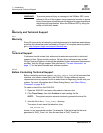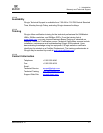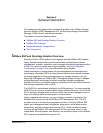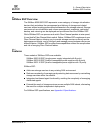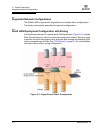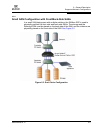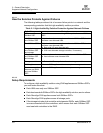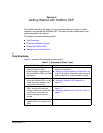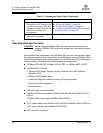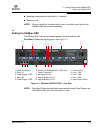
2 – General Description
Supported Network Configurations
2-6 SN0054628-00 A
Q
2.3.3
High-Availability Configuration
High availability describes a system that is operational a high percentage of the
time. Through dual redundancy, a system can maintain high availability in the
presence of any single component failure.
Use of redundant components, multipathing, and failover help protect against
failures and ensure high availability. Implementing SVM agents on SANbox SSP
provides high availability by allowing the use of multiple paths between servers and
storage, and ensuring that no single point of failure can prevent access to data.
Failover is a backup operational mode in which the functions of a system component
(such as, a server, network, or storage controller, for example) are assumed by
secondary system components when the primary component becomes unavailable
through either failure or scheduled down time.
With the proper multipathing software running on the host, a high-availability
configuration can guarantee access to data even in the event of one or possibly
more hardware, software, or infrastructure failures. With the addition of multiple
hosts running supported clustering software, even host failures can be tolerated
without interrupting critical applications.
In addition to continuous operation through unplanned failures, a correctly set up
high-availability configuration enables administrators to take components of the
system offline for maintenance or replacement, again without interrupting access
to data.
Figure 2-4 shows a recommended high-availability configuration with
cross-connected fabric. Within each fabric, zoning is used to partition the front-side
initiator ports, both StoreAge SVM ports, and back-side storage. Each server has
multiple HBAs installed, with at least one HBA connected to each of two redundant
front-side fabrics. Each HBA sees the same virtual disks on each of two redundant
SANbox SSPs. Each SANbox SSP has access to physical storage through at least
two paths, across two fabrics and at least two RAID controllers. Two SVMs can
each manage either or both SANbox SSP units. Two independent fabrics and host
failover software ensure availability.



